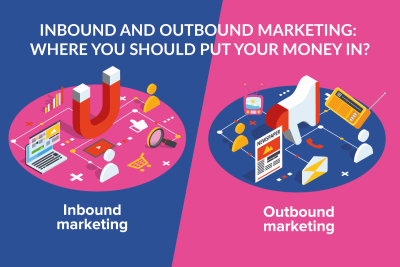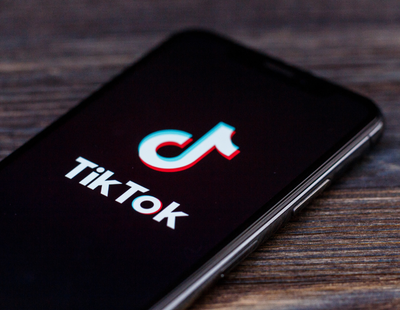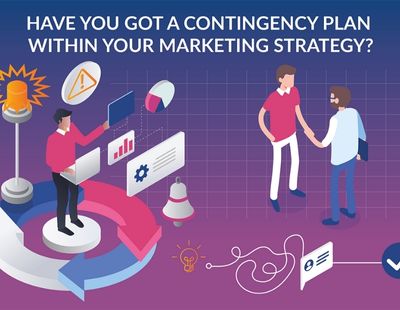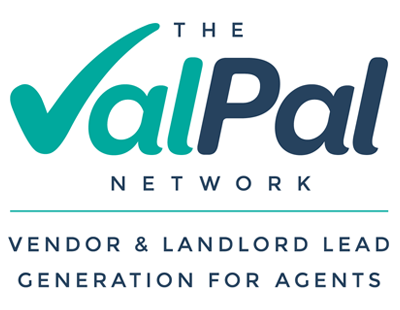Outbound and inbound marketing have many elements in common, but they’re still very different approaches within your marketing strategy to achieve your objectives.
In both cases, the aim is to catch the audience’s attention, so they buy our products or services. But they use completely different methods and techniques to accomplish this.
The Outbound marketing approach
When we talk about Outbound marketing, we’re talking about traditional ways to advertise. They target cold and wide audiences, usually using mass communication means, which has a few disadvantages. Firstly, it’s difficult to measure how many people we’re actively reaching. And secondly, we don’t know what percentage of that reached audience is really interested in our product, service, brand or message.
What would be the point of a doctor, a teacher or a shop owner seeing our advert about software for agents? Doesn’t make a lot of sense, does it?
The Inbound Marketing approach
By using an Inbound methodology, we can focus on offering our solutions to users that need us. They’ll have an interest in our products or services and they’ll be more likely to buy from us.
This is a customer-centric approach, where we’ll try to attract our target audience by offering them content they’re interested in, but in a less intrusive way. This will be the first step to building trust with our audience. When they’re ready to buy from us, their decision will be determined by the strong, confident relationship that we’ve built between us and we’ll be able to offer them what they want and need.
Inbound strategies are also more cost-effective. By investing your budget in targeting the audience that already shows interest in your brand and products or services, you ensure that you’re not wasting money and resources on users that are indifferent.
How does the Inbound approach work?
Basically, the Inbound approach consists of:
-
Attracting
-
Engaging
-
Nurturing
These three steps are part of a sales and marketing funnel where your potential clients will travel until they become a customer.
You’ll need to have a strategy and marketing actions ready for each step and offer different content at every stage.
Choosing the channels according to different stages is also crucial because they all work in different ways and they’re useful in achieving different objectives.
For instance, social media ads will work great to attract new leads, blogs will position you as a reliable and trustworthy business in the industry and free demos or exclusive offers will be ideal for those that are ready to convert into clients. The options are endless!
And we shouldn’t forget about email marketing, chatbots and automated workflows which have proved to be some of the marketing activities that generate the highest ROI.
There’s a well-known analogy in marketing, which explains the above very clearly: Outbound and traditional marketing actions looking for new potential customers are like lions hunting in a jungle of elephants. We definitely advise you to go for an Inbound strategy to optimise all your resources and budget. The Inbound approach will help you meet your audience where they are.
Whether you’re a supplier to the Property Industry or an agent looking for vendor and landlord leads, we’ll be more than happy to help you and to work together in your Inbound campaigns.
Call us on 0208 663 4989, or email lee@angelsmedia.co.uk and we’ll contact you asap.













.png)


.png)



Join the conversation
Be the first to comment (please use the comment box below)
Please login to comment